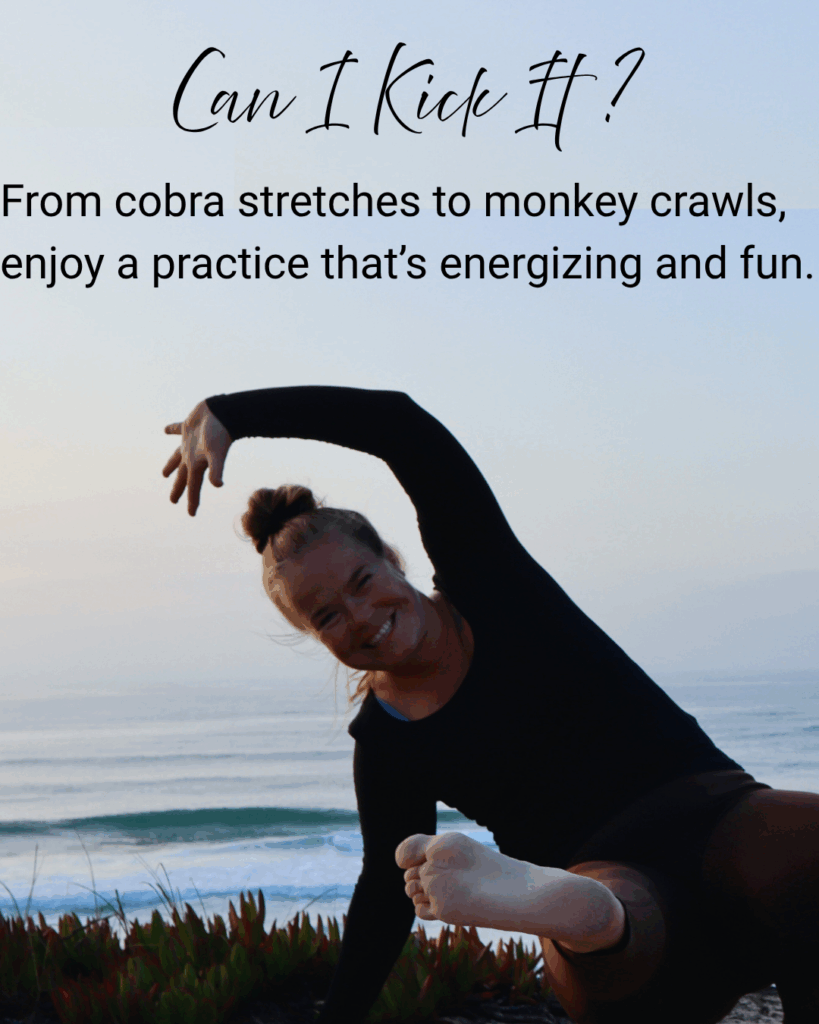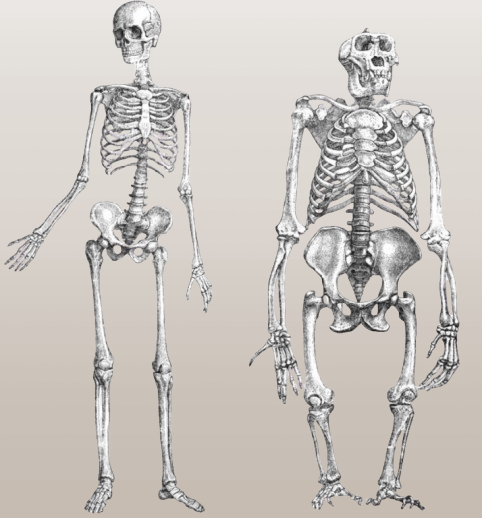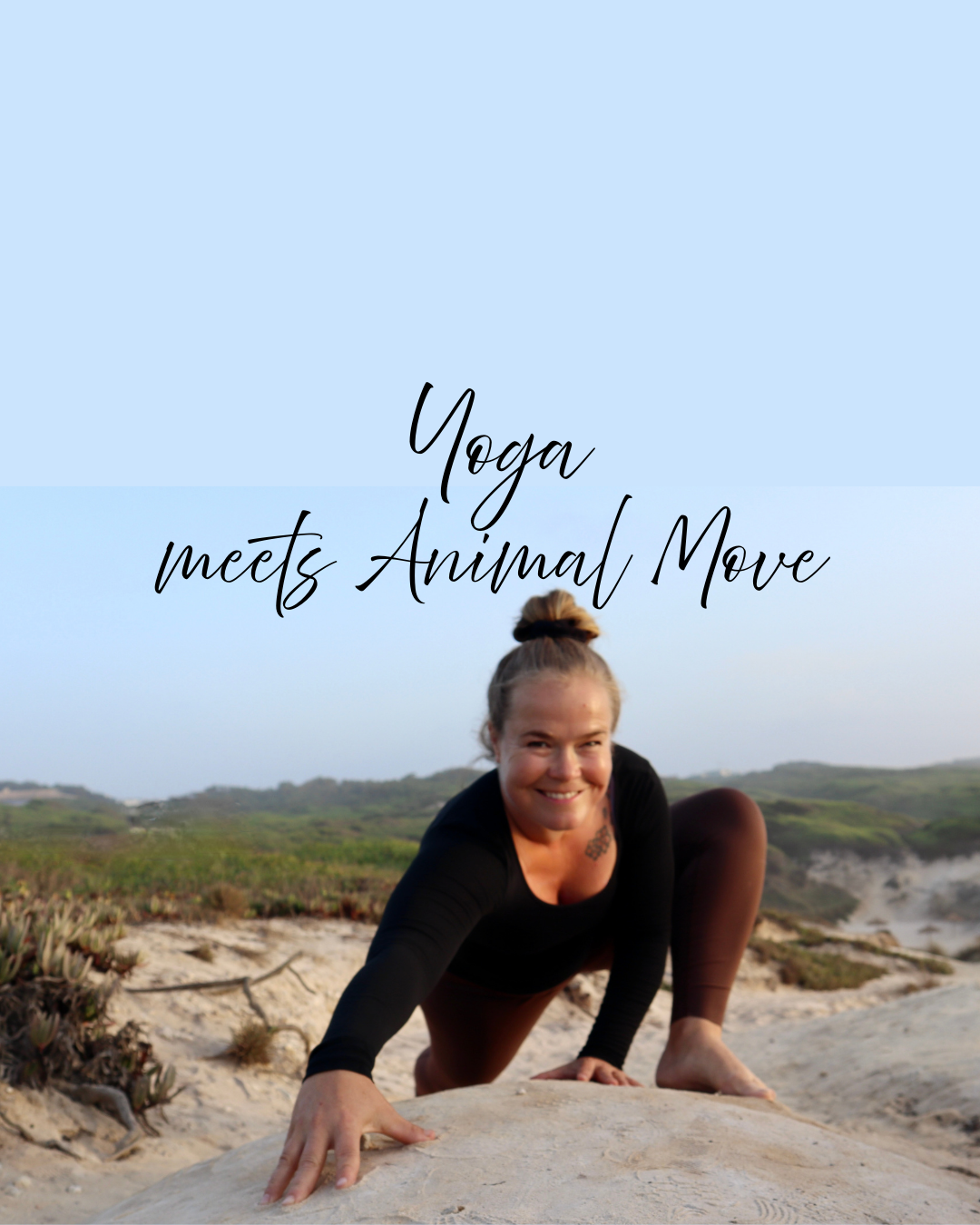As part of nature, humans have always learned from animals and the environment around us. Innovations like Velcro, inspired by burrs that stick to fur, and airplanes, modeled after the flight of birds, many inventions show humans deep inspiration from nature.
What is Animal or Primal Movement?
It is a training style inspired by animals naturally crawl. Only in the past 10–15 years have these workouts become popular as a natural, playful, and functional way to train.
Is it a fitness trend, or does it reconnect us with our roots?
This connection to animals is not new. Ancient practices such as Chinese martial arts like Kung Fu feature animal styles like Tiger, Crane, Snake, and Monkey. And Yoga, over 3,000 years old, includes poses named after animals such as Cobra, Camel, and Butterfly.

YOU KNOW – All species move to conserve energy, protect joints, and maximize strength or speed. Humans share this goal, striving to keep the body functional, flexible, and healthy.
Lets take a look at the Anatomy: Why We Move Differently from Other Animals
Humans can copy movements from animals, but our bodies are built differently. Many primates have longer arms than legs, which helps them swing from branches or move on all fours. Their pelvis is shaped for climbing and knuckle-walking, not for walking upright. Humans have shorter arms compared to our legs and a pelvis designed for walking on two feet. This means animal-inspired exercises need to be adjusted to fit how the human body moves.

The Connection Between Animal Movement and Yoga
- Both observe and honor the body’s natural design.
- Both rely on bodyweight exercises—no machines needed.
- Many yoga poses channel animal qualities, embodying their spirit.
Who Made Animal Movement Popular Today?
Since the 2000s, coaches like Ido Portal have brought primal movement into the mainstream. Martial arts and Parkour have long used animal-like motions for agility and strength. In 2011, Mike Fitch created Animal Flow, making these movements accessible for gyms and home workouts sequences.
A Challenging but Fun Way to Train!
As I practiced these movements, I saw they require a lot of crawling, full-body strength, and playful shifting of weight using both arms and legs in twisting and diagonal patterns. To do them well, you need strong arms and shoulders, as well as good flexibility in your legs and hips. I found this style of training very interesting—almost like a natural, rhythmic dance, reminding me of capoeira and breakdance.
In the end, I’m glad humans have the unique ability to stand and walk on two legs, which sets us apart from other beings.
I’m excited to bring playful movement into our Yoga session.
Join Tuesday and Thursday at 10 am – Caldas da Rainha
Take care, enjoy your Yoga practice,
Andrea Stern
